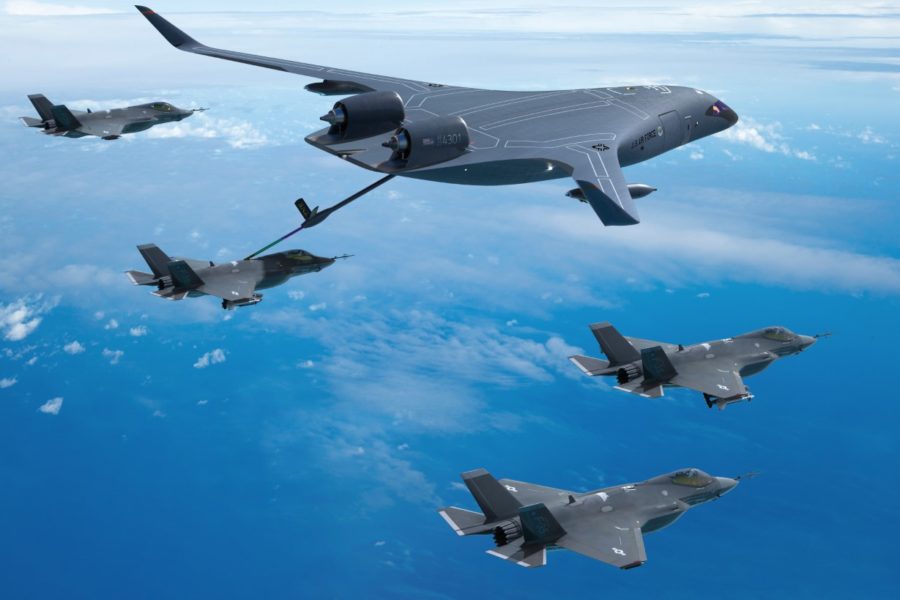
The US Air Force has already started the process for developing its future Next Generation Air Refueling System (NGAS) which should redesign the aerial refueling concept and fleet of the service. The priority of this process is to give to the future tankers not only a longer range but, as reported by the US Secretary of the Air Force, Frank Kendall, also a “premium on survivability.” At this stage, the Air Force is planning on purchasing 179 KC-46 PEGASUS tankers by 2029 to replace its aging KC-135 STRATOTANKER fleet. After that, the service is considering to go for an additional 75 “bridge” tankers waiting for having the NGAS on line as soon as possible in order to face off a near-peer adversary protecting a critical vulnerability. Indeed, as reported from Secretary Kendall at the House Armed Services Committee, the long range of modern anti-air threats (sensors, weapons, aircraft) means traditional tankers won’t be able to get as close to the fight as necessary to keep fighter jets fueled. The goal is having stealthy tankers by 2040 that can get into ranges where they are now threatened. Aerospace engineering company JetZero, partnering with Northrop Grumman, recently released some info about the NGAS concept which will see the future tanker platform, the Z-5, shifting away from modified commercial airliners or cargo jets and toward a blended-wing body design. According to NASA definition, a BWB is “a hybrid shape that resembles a flying wing” that also includes features from conventional “tube-and-wing airframes.” The Z-5 would be able to carry up to twice the fuel of the KC-46 on a maximum-range mission, having half the weight and require half the power of the Boeing 767, able to range of at least 5,000 nautical miles. A BWB design would also present a relatively low radar cross section and infrared signature. These two huge improvements, endurance and stealthness, could provide flexible and dynamic operational options to deploy and employ tankers and impose dilemmas on Chinese counter air ops planners. In accordance with JetZero info, the medium-sized design of the future tanker would allow “efficient use of valuable airfield capacity” and maximize the number of tankers and the amount of gas available at forward and intermediate airfields, bringing more difficulties for the People’s Liberation Army to suppress. In case of peer-to-peer conflict it will likely predictable that USAF will base its refuelling lines of communications with different platforms: smaller, stealthy tankers to penetrate contested airspace and off-the-shelf tankers optimized for short takeoff and landing. In accordance with US specialized media, JetZero is currently competing for a $245 million Air Force BWB demonstration program, which involves developing a full-scale demonstrator aircraft by 2030.
Seguiteci anche sul nostro Canale Telegram.








.png)
.gif)